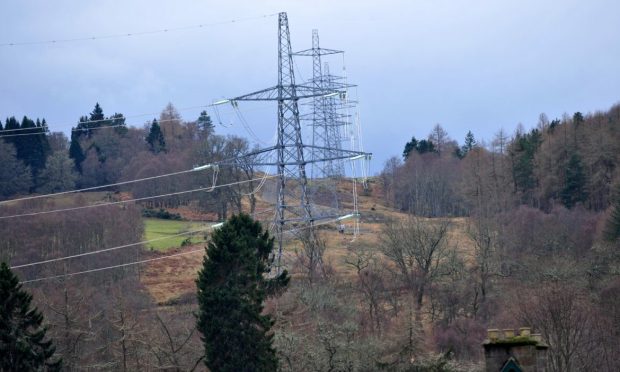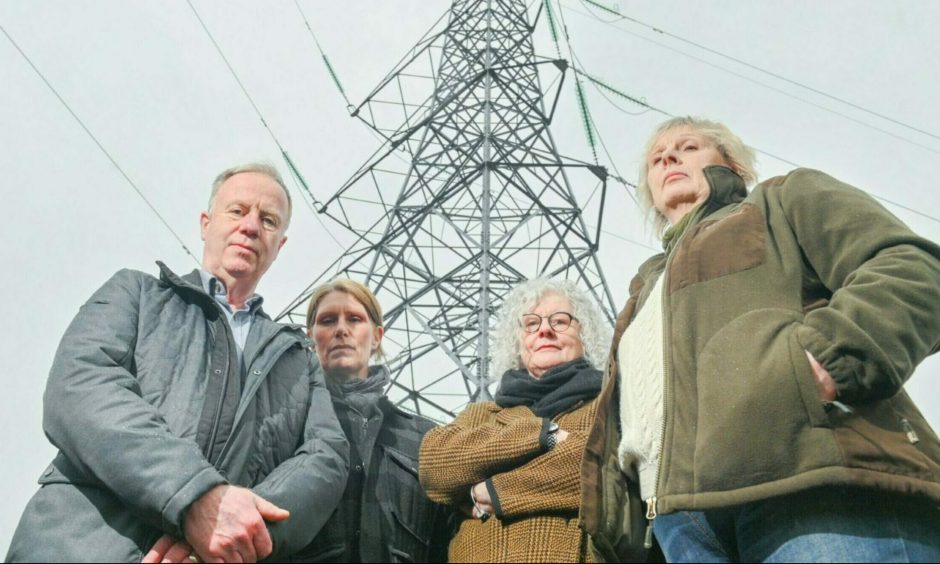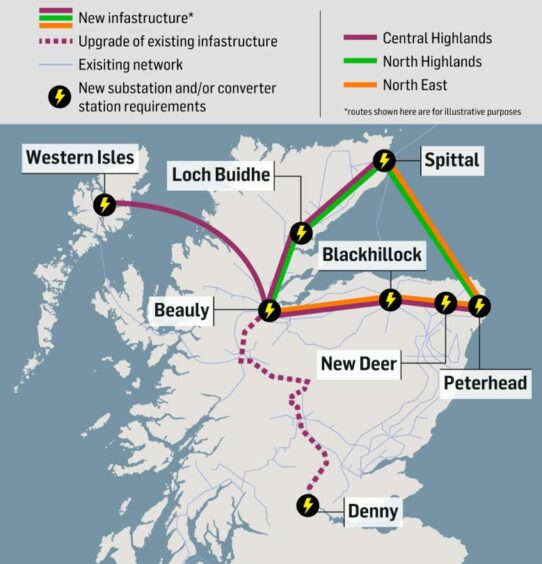Energy giant SSE has seen just one planning application refused by the Scottish Government in the last 15 years, campaigners have discovered.
It has led to claims the power company has “a rubber stamp with their name on it” and that the public expect applications to be approved.
Freedom of Information requests show there were no refusals under Section 37 of the Electricity Act for SSE or SSEN in the last 15 years.
The only knock back was for the Glencassley wind farm in 2015 under Section 36 of the Act.
However, a revised plan under the new name of the Achany Extension Wind Farm was approved last year.
‘The public will be horrified’
The FOI information was sought by campaign group Communities Before Power Companies (CB4PC)
One of its founders, Lyndsey Ward said: “Now the general public is aware that SSE/SSEN appear to have a rubber stamp with their name on it in the Scottish Government they will be horrified.
“This information, that there is an equivalent of a 100% success rate for SSEN and their parent company SSE is in the public domain, it certainly explains why communities have come to expect these particular multinationals to get approval for their proposals even if they have been refused by the local authority.”
She said it is “demoralising and stressful” for people to face projects by the energy giants in their area.
“People often feel, and have been told so by SSEN staff at public consultations, that there is no point objecting, it is a ‘done deal’ and that the Scottish ministers back them.
“Now this apparent guaranteed approval is public knowledge maybe, just maybe, the Scottish Government will actually change course and heed public opinion.”
Planning electricity connections at voltages of 33kV and below are mainly dealt with under Section 37.
It involves an initial application to the local planning authority and then to the government’s energy consent unit.
Responses from the Scottish Government to the FOI requests show no Section 37 applications have been refused within the last 15 years.
Over the same period no grid connections for approved wind developments have been refused.
Walk out protest
The government said it had no information about refused applications for new, relocated or expanded sub stations which are dealt with firstly by the local planning authority.
Campaigners including CB4PC are involved in a dispute with SSEN over a proposed new 400kV overhead line between Spittal in Caithness and Beauly.
Community representatives recently walked out of a meeting with the power company over the size of a new substation to be built at Fanellan to supplement the existing one at Balblair near Beauly.
They claim the site has increased from about 60 acres to 868 acres – the size of Glasgow Prestwick airport – without prior notice.
A spokesman for SSEN Transmission said its developments are informed by extensive public and statutory consultation. He said they follow robust processes in line with necessary planning and regulatory policies.
“Prior to the Scottish Government’s determination of our Section 37 planning applications, these applications are first considered by relevant local authorities.”
The spokesman said in the 15-plus years since the Beauly-Denny power line was referred to a public inquiry, more than 40 Section 37 overhead line applications have been submitted.
Objections were raised by councils on just three occasions and against planning officers’ recommendations.
He said on two of those occasions there were no other statutory stakeholder objections.
Robust planning regime
He added: “We remain committed to consult extensively with all stakeholders as part of the development of our projects to help ensure our final proposals balance stakeholder feedback against key environmental, technical and economic considerations and the planning and regulatory policies that underpin the robust planning regime under which we operate.”
A Scottish Government spokeswoman said Scotland has some of the most stringent environmental impact regulations in the world.
She said the planning and consenting system ensures that local communities can always have their say.
“Clear guidance is in place to ensure early public consultation and engagement is carried out for all large-scale infrastructure proposals.
“Any consenting application submitted to the Scottish Government for consideration is subject to consultation with the public and statutory and local bodies.
“Potential impacts on communities, nature and other valued natural assets or cultural heritage are important considerations in the decision-making process.”




Conversation